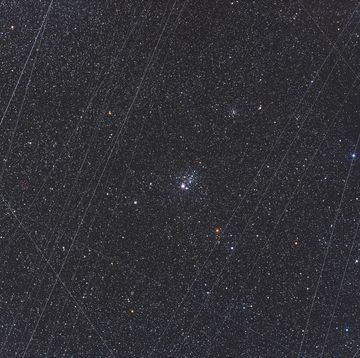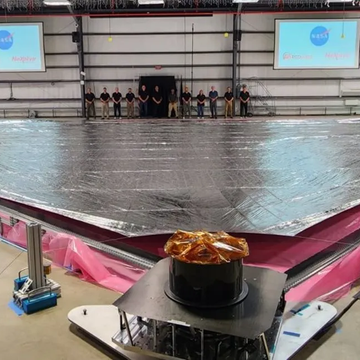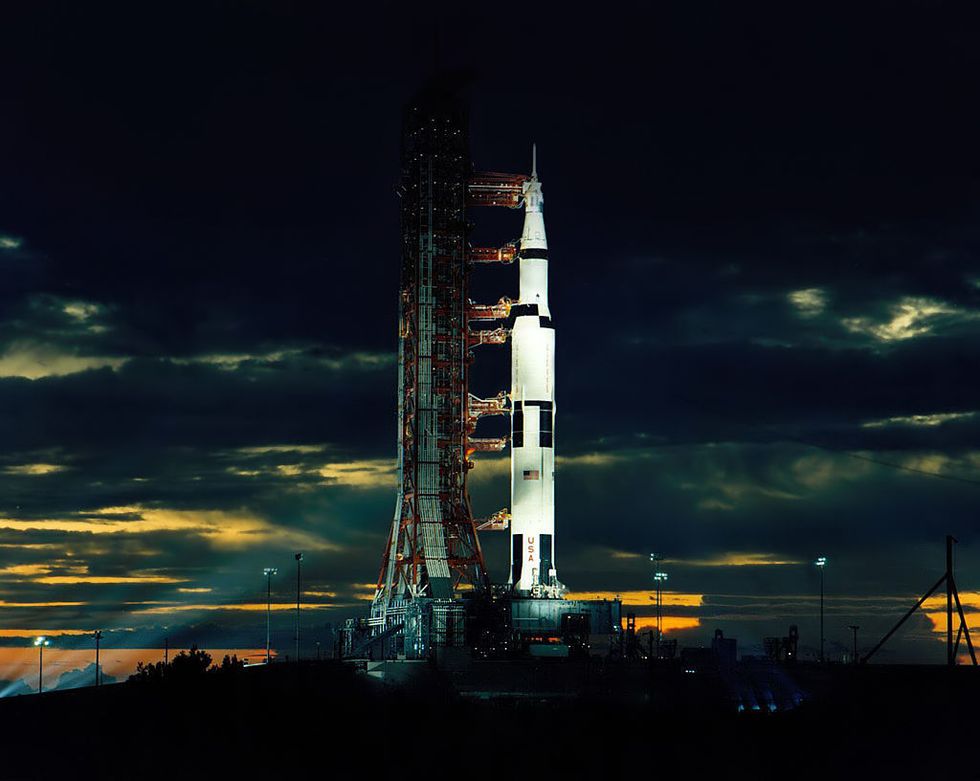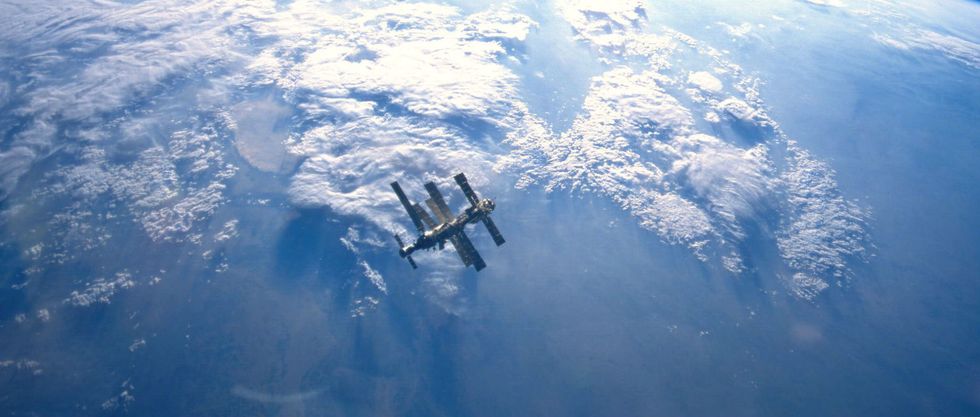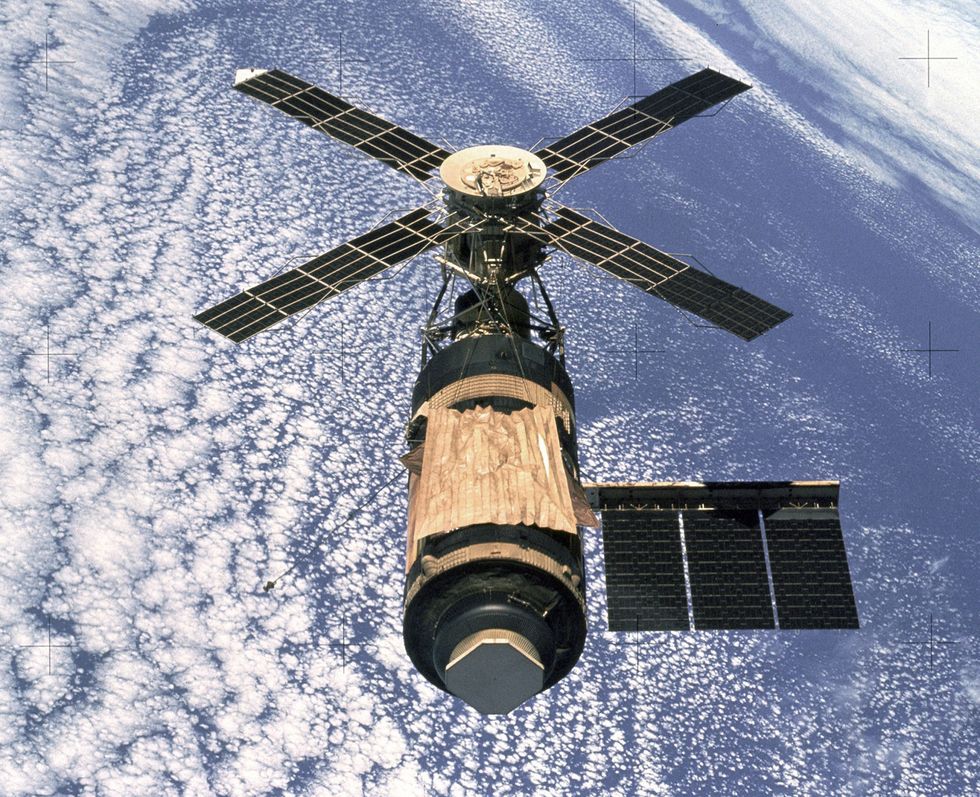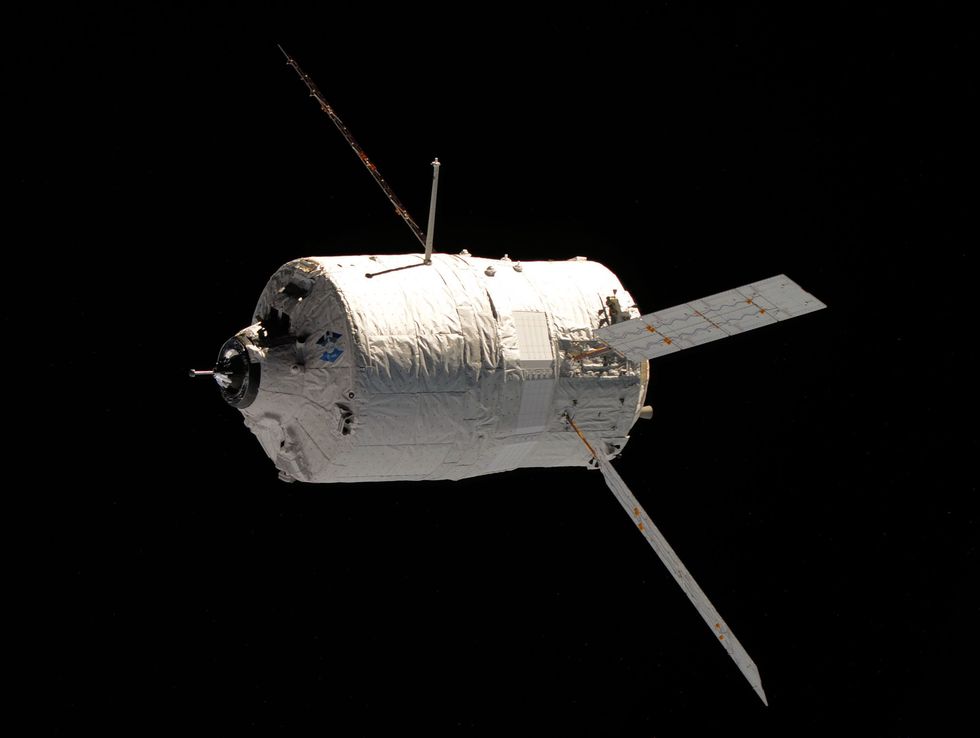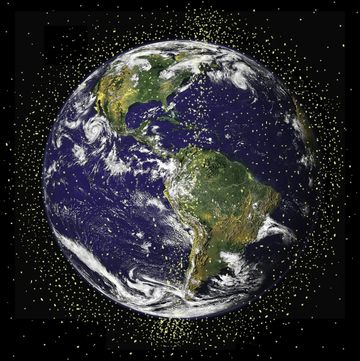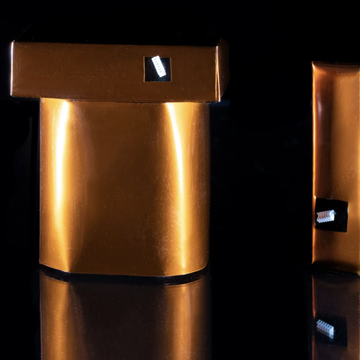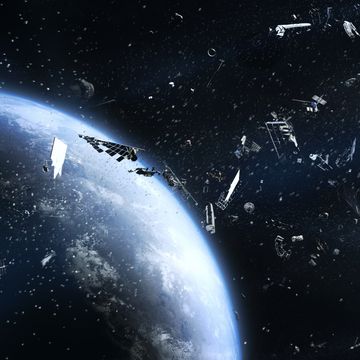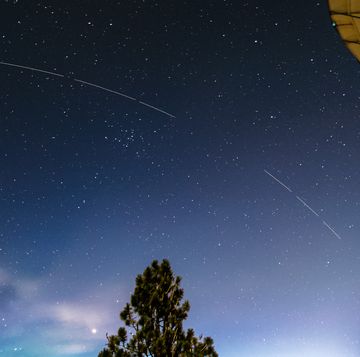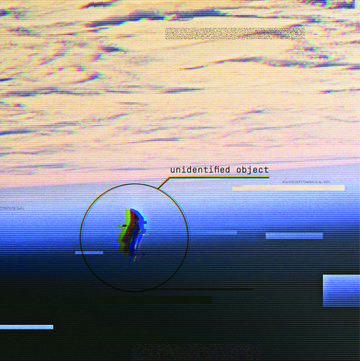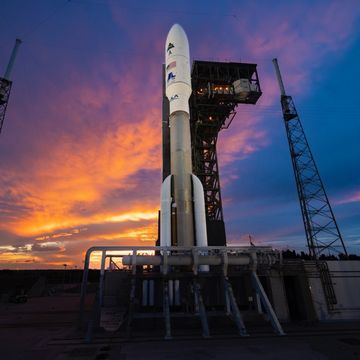International Space Station
At about 356 feet by 240 feet, the International Space Station is larger than a football field. Weighing in at 450 tons (that's just shy of 900,000 pounds), the ISS easily beats the Russian Mir as well as Skylab as the largest space station yet built. The station wasn't launched at once, but built as pressurized modules that were pieced together, finishing up in 2011. It includes solar panels for power and trusses for structural support.
Saturn V
In terms of sheer size, not much can compare to the 6 million-plus pound Saturn V rocket family used by NASA to launch 13 missions from Florida's Kennedy Space Center. Still the tallest, heaviest, and most powerful rocket ever sent to low Earth orbit, the Saturn V design was also used to send astronauts much farther than orbit. NASA needed Saturn V rockets to send men to the moon as well as for launching Skylab. Used between 1967 and 1973, the rockets were 363 feet tall and could carry 310,000 pounds to low Earth orbit.
MIR
The first space station from a country other than the United States, the Mir space station was constructed by the Soviet Union in 1986, the first to have a modular design. Weighing 309,000 pounds and at an overall size of 108 feet by 101 feet, the Mir's six-module construction made it the largest vessel in space at the time—beating out what the U.S. Skylab. Mir was ultimately dwarfed by the ISS, but never lived to see that day as it was destroyed on re-entry to the Earth's atmosphere in 2001.
Advertisement - Continue Reading Below
Hubble Space Telescope
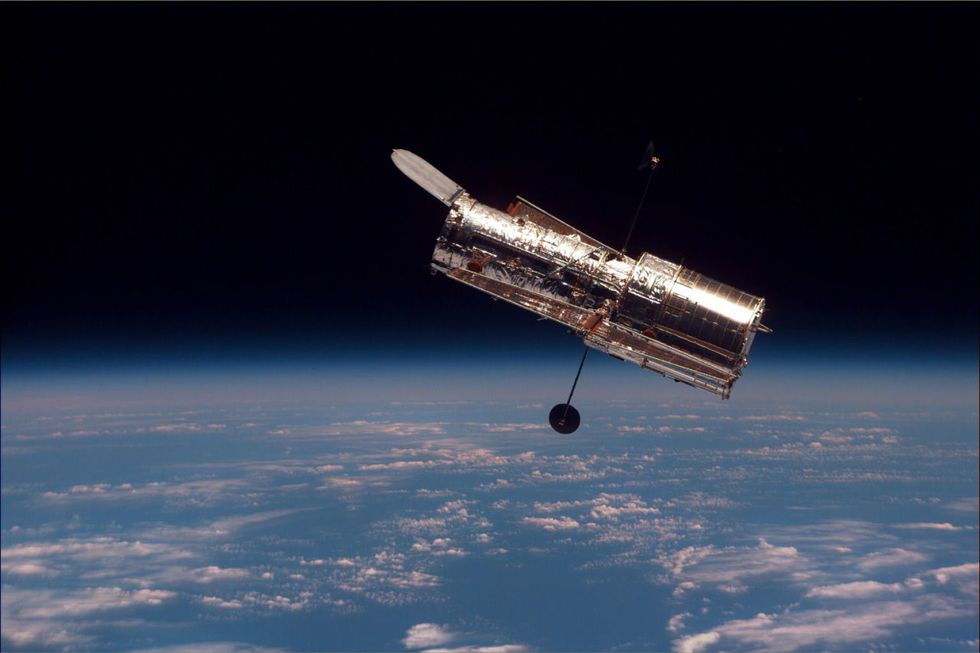 NASA
NASAThe Hubble space telescope has been the largest of its kind since 1990. Having taken more than 1.3 million observations since its launch, Hubble weighs about 27,000 pounds—about the size of two full-grown African elephants—and runs about 43.5 feet long, the length of a large school bus. Sent to space with the space shuttle Discovery from the Kennedy Space Center, the pointing accuracy of .007 arc seconds is roughly equivalent to shining a laser beam on Franklin D. Roosevelt's head on a dime from about 200 miles away.
Skylab
While Skylab isn't the largest space station to orbit the Earth, it was the first. Skylab, which orbited Earth from 1973 until 1979, was just shy of 170,000 pounds. Astronauts could visit the lab for up to 84 days at a time, docking at the station that included a workshop and solar observatory. As the orbit of Skylab decayed earlier than the nine-year life expectancy, NASA lacked a plan to bring the station back to Earth. Instead, it crashed, with most of the station landing in the Indian Ocean but some debris hitting populated areas in western Australia.
Envisat
Still one of the largest satellites launched, Envisat (Environment Satellite) started observing Earth following its launch in 2002 from the Guyana Space Centre in French Guiana aboard an Ariane 5 rocket. The European Space Agency ran the satellite, which weighs 18,100 pounds and runs nearly 33 feet in length, until losing touch with it in 2012. While no longer operable, the satellite is still in orbit.
Advertisement - Continue Reading Below
Automated Transfer Vehicle
Packed full of oxygen, water, food, clothing, spare parts and experiments, this 20-ton Edoardo Amaldi vessel made it to space attached to the Ariane 5 launcher in 2012 on its way to resupply the International Space Station. The heaviest launch from the European Space Agency, it sent 777 tons into space via the combined weight of the unmanned ship and launch rocket. After docking and hanging out with the ISS for six months, the craft was then filled with trash and burned up over the Pacific Ocean.

Tim Newcomb is a journalist based in the Pacific Northwest. He covers stadiums, sneakers, gear, infrastructure, and more for a variety of publications, including Popular Mechanics. His favorite interviews have included sit-downs with Roger Federer in Switzerland, Kobe Bryant in Los Angeles, and Tinker Hatfield in Portland.
Advertisement - Continue Reading Below
Advertisement - Continue Reading Below
Advertisement - Continue Reading Below


